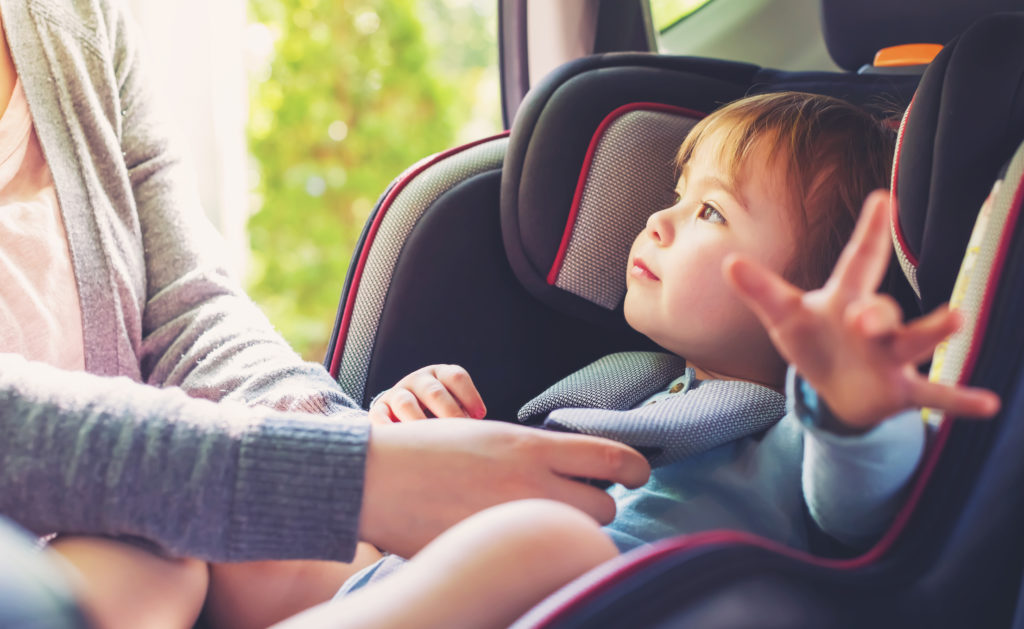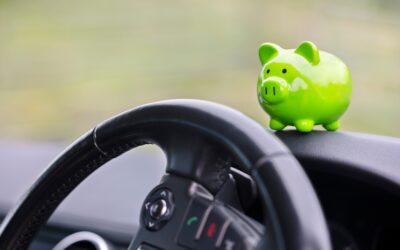If you’re a first-time parent, you might struggle to choose the right car seat for your child and your car.

We put together this short car seat compatibility checker to help you make the right choice, first time and every time.
Car Seat Compatibility – What to Look for in Your First Car Seat
Broadly speaking, there are three types of car seats – rear facing, forward facing, and booster seats. Some seats can be converted from a rear facing to a forward facing. Some booster seats come with high backs, and others are simply cushions.
The type of seat you need will depend on the age and size of your child. Babies and very small children need rear facing seats. But as they get older, they may simply need a booster cushion.
Read our comprehensive guide to child car seat safety here. It contains essential information on why car seats are necessary, what the law says, and it features a handy table that will help you choose the right car seat for your child.
The Right Seat for Your Car
Car seats can be fitted in a number of ways:
- With the car’s seat belts – Fitting these will be a simple case of threading the seatbelt through the appropriate guides in the seat.
- Isofix – These seats have connecting arms that slot into the car’s in-built Isofix points.
- I-size seats – These are designed for i-size approved vehicles, and once again they’re fitted into the car’s Isofix points.
Seats designed for use with the car’s seat belts can usually be fitted into any car. But not all cars can accommodate isofix or i-size seats.
To find out whether your car can accommodate isofix or i-size seats, check:
- Your car manual
- Your car manufacturer’s website
- The seat manufacturer’s website
- Your car seats (there may be a small isofix label, with an illustration of a baby in a seat)
Whichever type of seat you choose, it’s vital that you fit the seat correctly, in accordance with the manufacturer’s instructions. Follow the instructions to the letter, and keep them in your car at all times, just in case you ever need to take the seat out and refit it during a journey.
Car Seat Compatibility – Other Things to Look Out For
There are many different brands of child car seats to choose from. The most important thing to look for is an “E” mark on the seat. This means that the seat has been deemed suitable for a child’s specific weight under ECE regulation R44, and for their height under i-size regulation R129.
The seat you choose must be able to fit in your car. For this reason, you should consider buying a car seat in person, as opposed to online. If you buy a car seat in person, you can talk to a sales assistant about your needs. They’ll help you to choose precisely the right seat for your child, and they can even help you to fit it in your car. And if you find that it won’t fit, you can immediately return it for one that will.
Never buy a second-hand car seat. You won’t know its full history, so you won’t know for sure whether it’s been involved in an accident. It may have internal damage, or it may be older and thus not designed to current safety standards. And apart from anything else, the seat’s instructions may be missing, so you may struggle to correctly fit the seat in your car.
Child Car Seats and Accidents
If you’re involved in an accident, you must replace your child car seat – even if there are no visible signs of damage.
This is because the seat may have suffered structural damage during the accident. Certain parts of it may have been weakened, so it may no longer offer the protection your child needs.
Replacing a car seat can be expensive, so it’s important to choose an insurer that will cover you for this.
If you have a child’s car seat fitted in your vehicle and you are involved in an accident, or if it is damaged following a fire or theft, we will pay towards the cost of a replacement seat even if it doesn’t appear to be damaged.
For more information, please refer to the policy wording.



